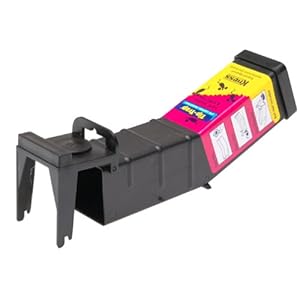How To Get Rid Of Pimples On Your Back, For That flat Look
No sooner have you solved the qoute of acne on your face other qoute raises its ugly head, how to get rid of pimples on your back? The back is made up of innumerable sebaceous glands producing inordinate oil. Furthermore, the back ordinarily remains covered, less accessible and receives most bodily pressure. Hence there are more chances of its pores getting clogged with dirt and sweat and added cleaning is also not done easily. Moreover, acne on the back is ordinarily very acute with cysts and nodules. These problems tend to make treating back acne also known as athletic acne very hard though not impossible.
How To Get Rid Of Pimples On Your Back, For That flat Look
How To Get Rid Of Pimples On Your Back, For That flat Look
How To Get Rid Of Pimples On Your Back, For That flat Look
How To Get Rid Of Pimples On Your Back, For That flat Look
Solutions to the problem
Back acne is also caused due to hormonal changes as well as any strenuous bodily activity. The first qoute can be solved to an extent by avoiding fast food, having a balanced diet, drinking lots of water and exercising. These help to get rid of toxins and extra hormones thereby balancing the whole body process. Moreover, exercising increases blood circulation and the skin absorbs more oxygen giving it a salutary glow.
The second problem, that is strenuous exercise, is often inescapable especially for athletes, hence one could succeed a few guidelines that could contain the problem. Exercise or a round at the gym causes one to sweat profusely, this sweat can cause the acne, and to avoid this it is best that the person uses non-clinging, light clothing. Again materials like lycra and wool should be avoided as they trap the sweat and also irritates the skin aggravating the problem.
After the Exercise it is a must for an private to have a bath to remove the sweat. Using soap and a scrub to wash off that dirt and grime would be very helpful. You could also treat the acne on your back by using a cleanser containing salicyclic acid and apply medicines containing benzoyl peroxide.
Other things that would do you good are:
1. Before getting dressed make sure your back is fully dry
2. Apply sunscreen before exposing your back
3. Try using clay masks to remove dirt from deep inside
4. Inflammatory acne can be treated by antibiotics, topical retinoids and also by injecting cortisone
5. Try to avoid hot and clammy surroundings and also stay away from cooking as well, as the grease from the cooking can aggravate blackheads and clogged pores important to added acne.
Following these tips ordinarily should effectively counter your back acne qoute however if it still persists, visiting your dermatologist is the best option.
How To Get Rid Of Pimples On Your Back, For That flat LookVisit : Weber GasGrill Outdoor Oregon Coast Weather Station Hand Food Grinder
